Is expensive bedding worth it? I've reviewed sleep-products for years and this is how much you should spend on bed linen
The price of bedding can vary widely, here is what you need to know about budgeting for a good quality set
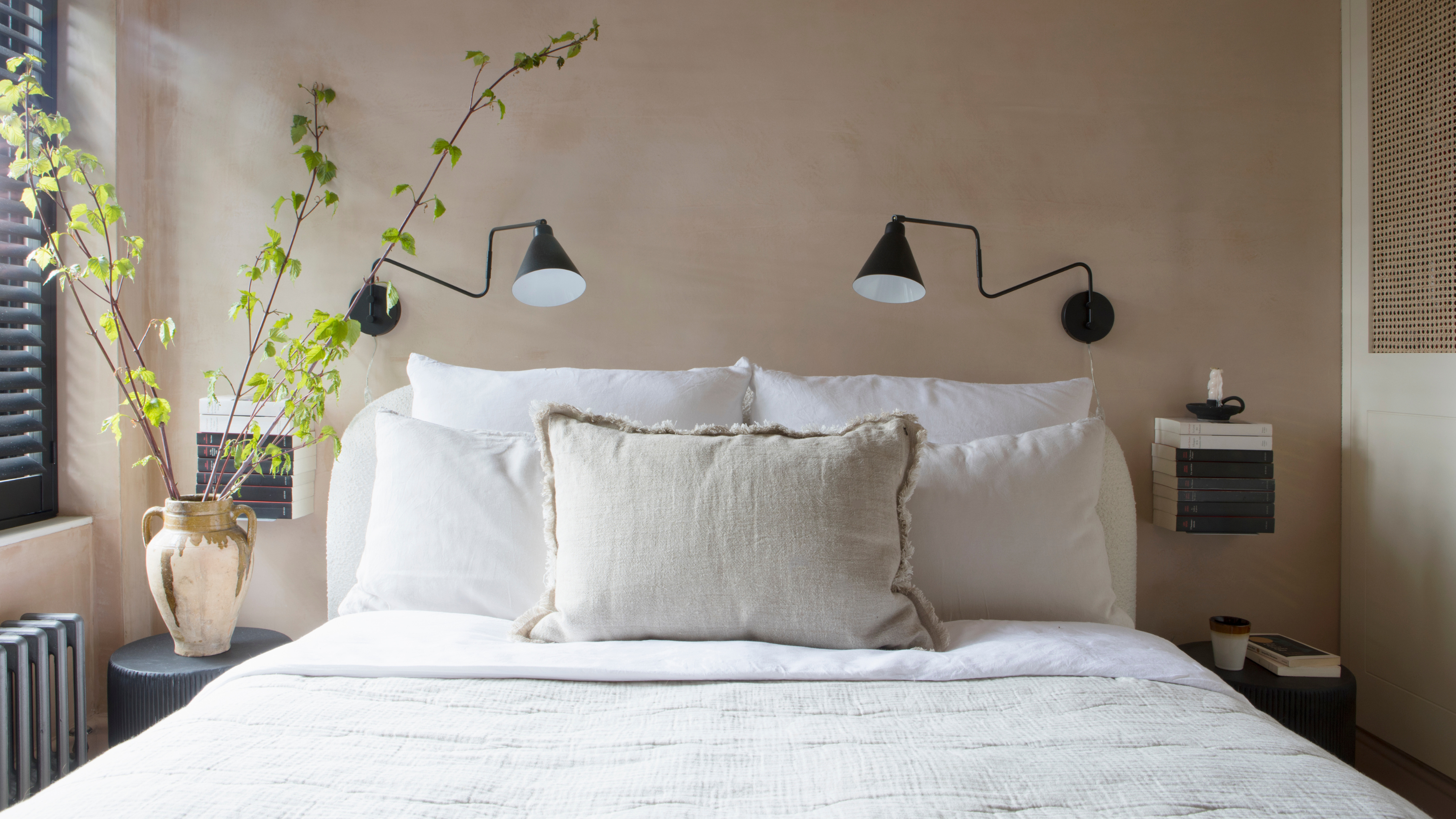

Some bedding and bed linen can be eye-wateringly expensive. But it’s nice to have a little treat sometimes right? You might be wondering why the price varies so much between bed linens, and if luxury bedding is really worth it. Well, you’re in the right place.
As a sleep-product reviewer with almost three years of experience under my belt, I have the answers to a lot of your questions, such as where to buy bed linen and what the best bed linen and best bedding is.
As part of my research for this article, I also spoke to some industry experts from bedding brands and interior designers to get their inside intel into pricey bedding. They’ve spilled on what to look for in quality bedding so you know you’re getting the most for your money.
What is the price range for bedding/bed linen?
The price of bedding varies wildly. We’ll get into why that is in a moment, but first up – what kind of costs are we talking?
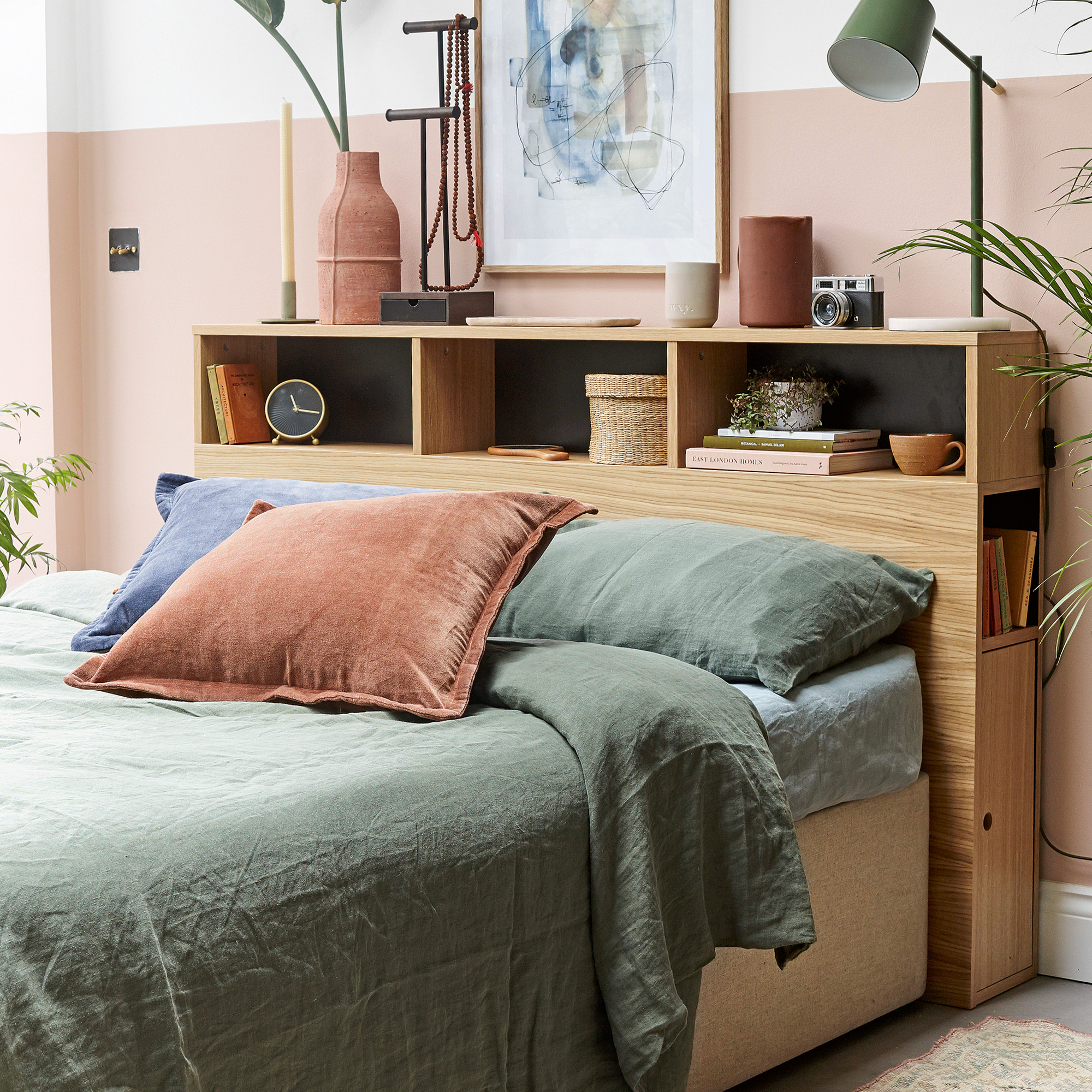
Argos is always a good port of call for budget-friendly bed sheets. You can get a kingsize bedding set from there for £12 – unbelievable value. Their duvet inserts are the same price.
Kids’ bedding from H&M is always a win and their single bed linen sets cost around £20. H&M also do an amazing range of bedding for adults, which ranges from £12.99 to £120 – the latter of which is linen.
Speaking of linen, on the other end of the spectrum, linen specialists, Piglet in Bed’s duvet covers can cost around £229 for a kingsize (this is the top of their range though).
Get the Ideal Home Newsletter
Sign up to our newsletter for style and decor inspiration, house makeovers, project advice and more.
‘Purchasing bed linen will ultimately come down to personal preference and budget,’ says Jessica Hanley, founder & CEO at Piglet in Bed. ‘It’s important to consider cost-per-use and the longevity of bed linen, as more premium options might be a larger initial investment but will long outlast synthetic options and encourage less consumption.
‘Regardless of your bed linen budget, look for certifications such as OEKO-TEX® Certified to ensure quality regardless of price.’
What can affect the difference in price between bed linen?
1. Fibres
The key factor in price of bed linen is the fabric it’s made from. Cotton is pricer than polycotton (a blend of synthetic polyester and cotton); linen is more expensive still. And silk, as you are probably aware, is for bigger budgets.
‘The biggest factor that’ll affect the difference in price for bedding is the fabric it's made from,’ says Jessica from Piglet in Bed. ‘Those made up of 100% linen for instance will be more costly than synthetic materials. However, the benefits of bedding made from natural fabrics long outweigh the brief monetary saving of synthetic alternatives.
‘Purchasing bed linen made from a blend of linen and cotton is a great option as it combines the effortless look of linen with the softness of cotton, and its price point is a little more attainable than 100% linen.’
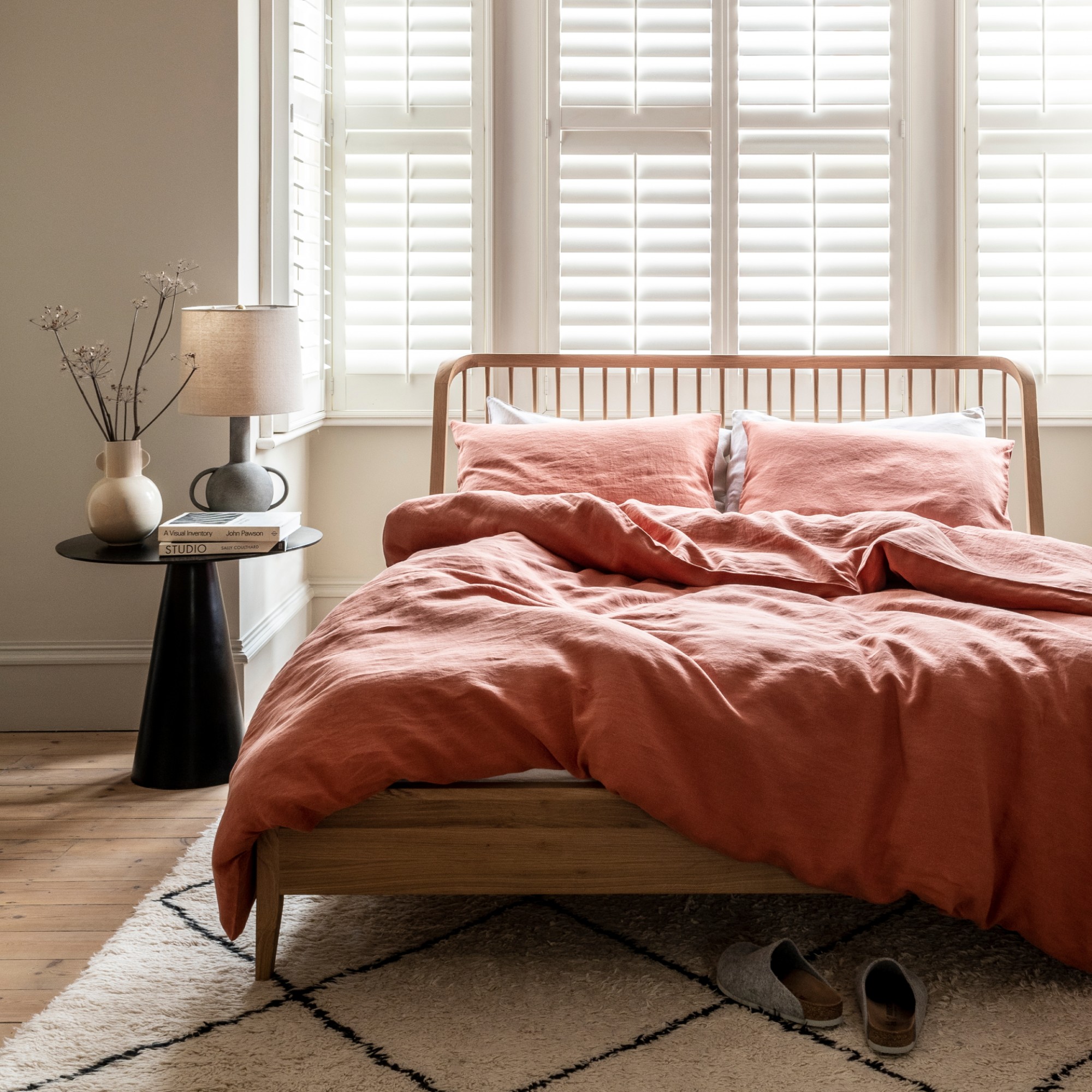
Piglet in bed bedding in burnt orange
2. Thread count?
We all know thread count drives the price of cotton bed sheets up. Thread count means the number of cotton threads woven in one square inch of fabric. The more threads, the better quality the sheets and the more pricey.
But that’s not always the whole story. ‘The importance of thread count is often hugely exaggerated in the world of bedding,’ says Bedfolk’s Co-founder and Creative Director, Jo James. ‘What really matters …is the quality of the yarn as opposed to the quantity of the threads.
‘Thread count is what many look at and yet this can be quite confusing,’ says Joan Johnson, Founder at luxury bedding brand Ava Innes. ‘People consider the higher the thread count as key to quality, however this does not always equate. The yarn used in bedding can be spun as a single ply or as two ply which then leads to a thicker yarn and a much heavier sheet.
‘With cotton it depends on the length of the stable fibre which is why Egyptian cotton is held in high regard and often priced higher. The longer the fibre in the thread the softer the sheets.’
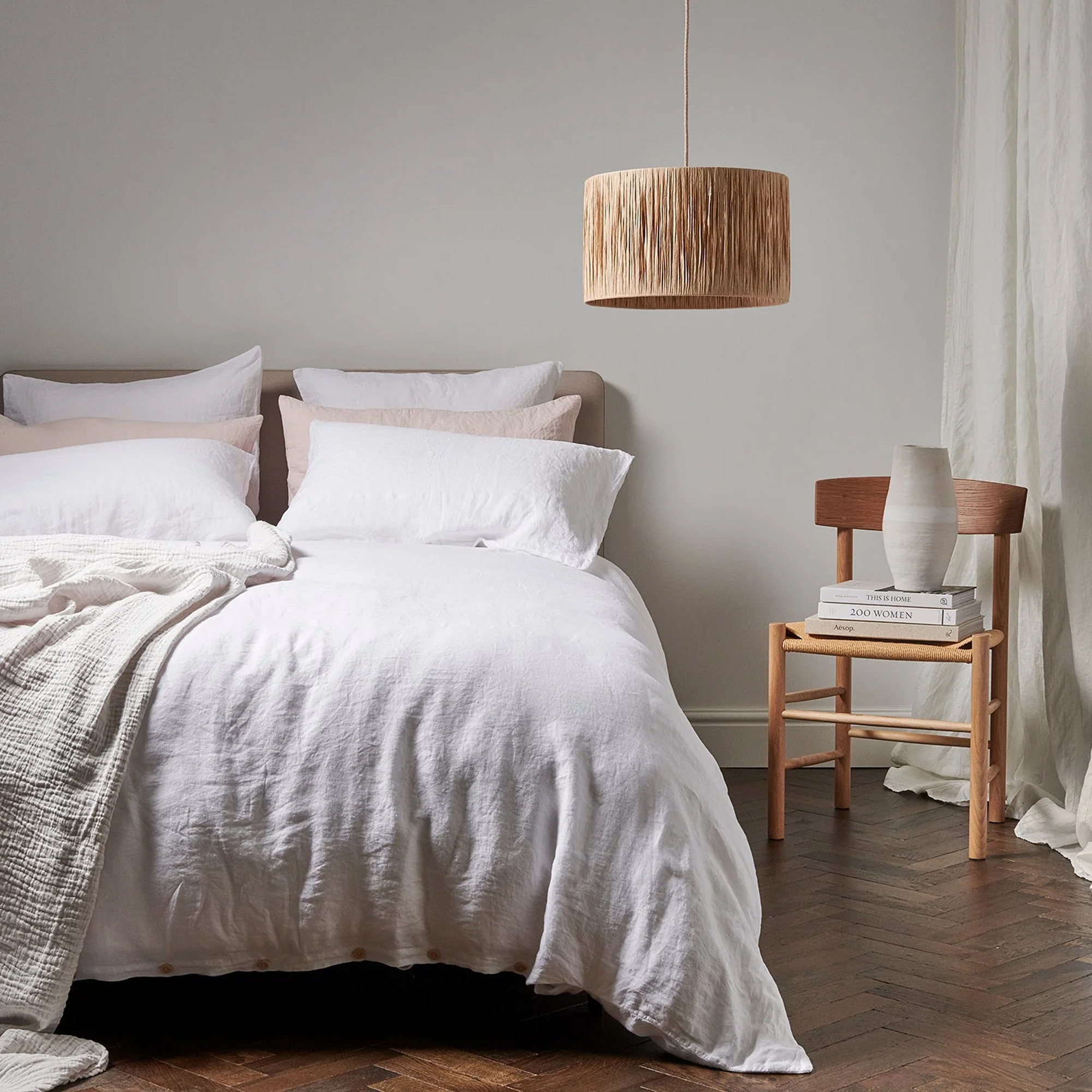
3. Provenance + production process
You might not see the production line involved in making your duvet, but you may notice it in the price tag.
‘Depending on where the bedlinen or bedding is manufactured will also affect the price of the bedding you choose,’ says Joan from Ava Innes. ‘A higher price will often indicate better quality standard practices, locally sourced materials, good working conditions for makers, and environmentally-friendly credentials.’
‘A brand’s line of production can affect the cost of its bed linen,’ says Jessica from Piglet in Bed. ‘Those that are more focused on longevity and sustainability commit to more responsible sourcing practices and better working conditions, which can bump up the cost of production and in turn the cost of the product.
‘Dyeing, printing and different weaves that require special techniques – such as with gingham bedding - can lead to bedding reflecting a higher price.’
4. Design and finish
‘Another factor will be the design and finish of the bed linen,’ says Laura Burnett, Senior Buyer at Feather & Black. ‘We love our new ruffled bed linen, for example, and the additional work required to craft the trim, or embroider the edges, will be reflected in the price.
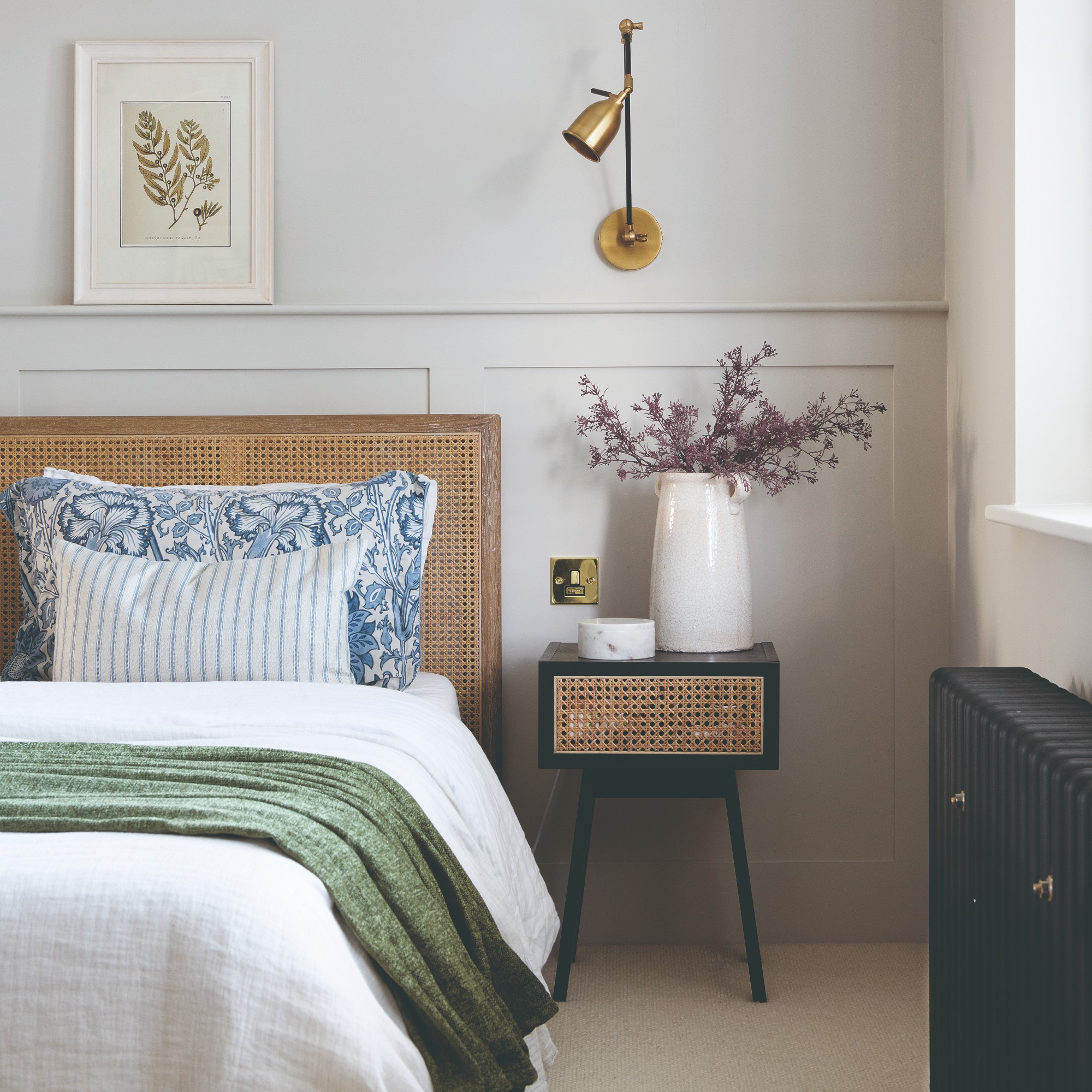
How do you know you’re buying a good-quality bedding set?
There’s so much choice in bed linen out there, and you want to put your money in the right place. But there are signs of good bedding sets.
‘My advice is go back to basics. It all starts with the quality of the fibre. Absolutely we should be looking at natural fibres; cotton, bamboo, or linen,’ says Joan from Ava Innes.
‘Ultimately, you’ll know you’ve bought good quality when it can stand the sleep and wash test,’ says Ava Innes’ Joan. ‘Do your research. Know your fibres. And choose brands you trust.’
‘Natural fabrics like linen and cotton are breathable and made to last,’ says Jessica from Piglet in Bed. ‘Linen is especially prized for its natural crumpled texture, thermoregulating abilities and durability, meaning it will last for decades when cared for properly, making the cost-per-use so worth it!’
All the experts I spoke to recommended only buying bed linen and bedding with certified trademarks such as Oeko-Tex Standard 100, GOTS, Fair Trade and British Wool if you’re looking for quality bedding.
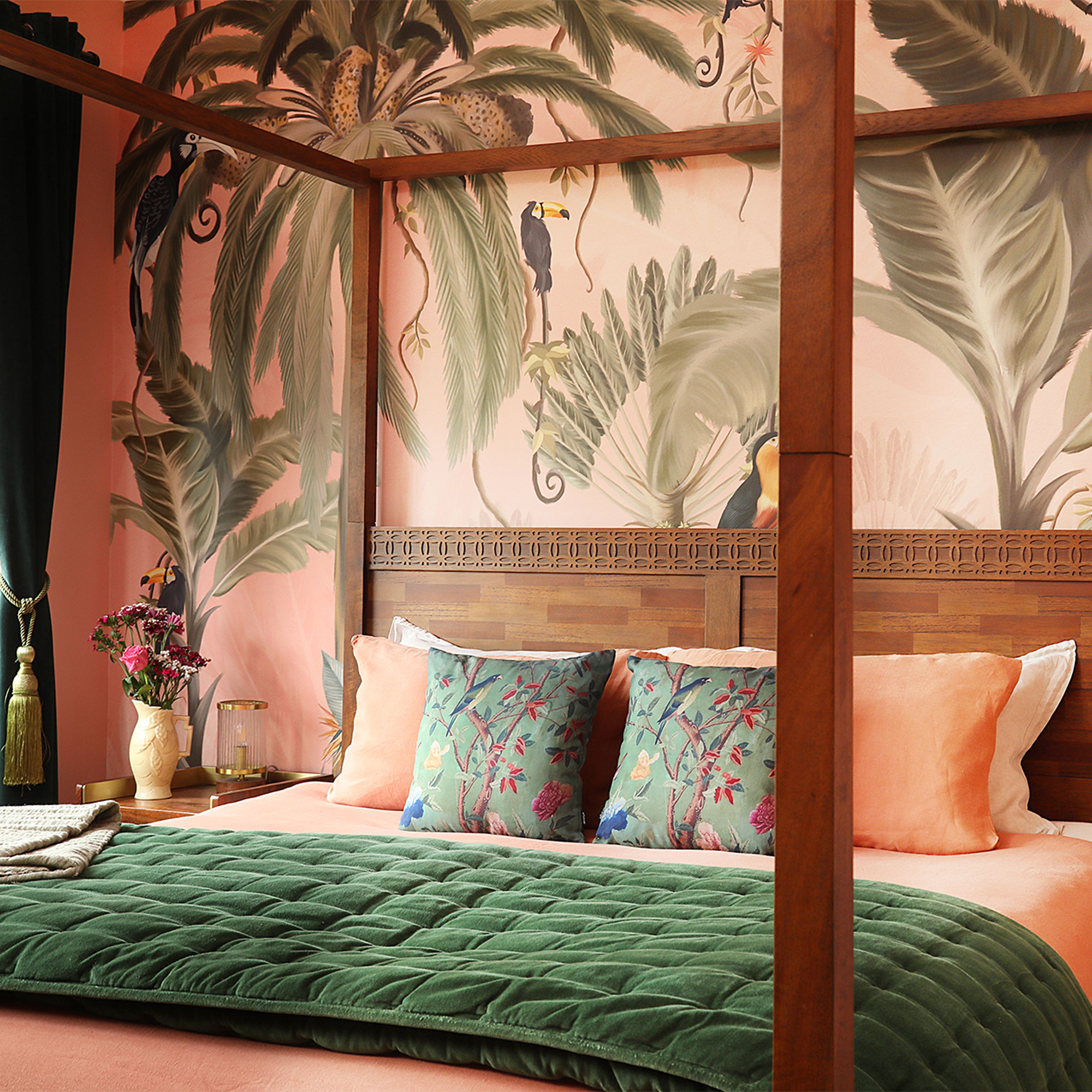
Can ‘value’ bedding ever be a good buy?
Not everyone has the same budget for our bedding. And while we may dream that a way to get better sleep is with spenny bedding, our bank accounts might not be such fans.
‘“Value” bedding can still be very comfortable and still feel quality, even if the cost is a more affordable option,’ says Emily Steen, Director at interior designers Wells and Maguire. ‘The “value” bed linen options are usually made from synthetic polymers such as polyester, which can unfortunately be irritating to sensitive skin types. However, they are very durable and long lasting and can still be soft and comfortable if purchased from the right stores.’
‘Where possible, touch it and feel it first so you know what you’re getting. And ideally choose 100% cotton,’ says Joan from Ava Innes.
Final verdict - What should you pay for bedding?
My advice is to only pay what you can afford. Ideally that would be pure cotton. However, for a kingsize pure cotton duvet set you’re probably looking at, at least £50 as an entry point.
Once you start looking for something more high end – those long threads, fancy finishes and hand dyed fabrics – you’re starting to verge into £100-300 bracket.
‘Go to the top of your affordability, bearing in mind that higher quality will be reflected in the level of comfort, durability and ease of use,’ advises Laura from Feather and Black.

Zoe is a freelance journalist and content strategist. Her career has traversed kids' publishing, women's lifestyle magazines, luxury property and content marketing. She's worked for the BBC, STYLIST, Marie Claire, heat, Wallpaper*, InStyle, The Sunday Times Style, Ocado, Christie's and more. She now regularly writes about interiors and sleep for a range of media – what she doesn't know about mattresses isn't worth knowing.
-
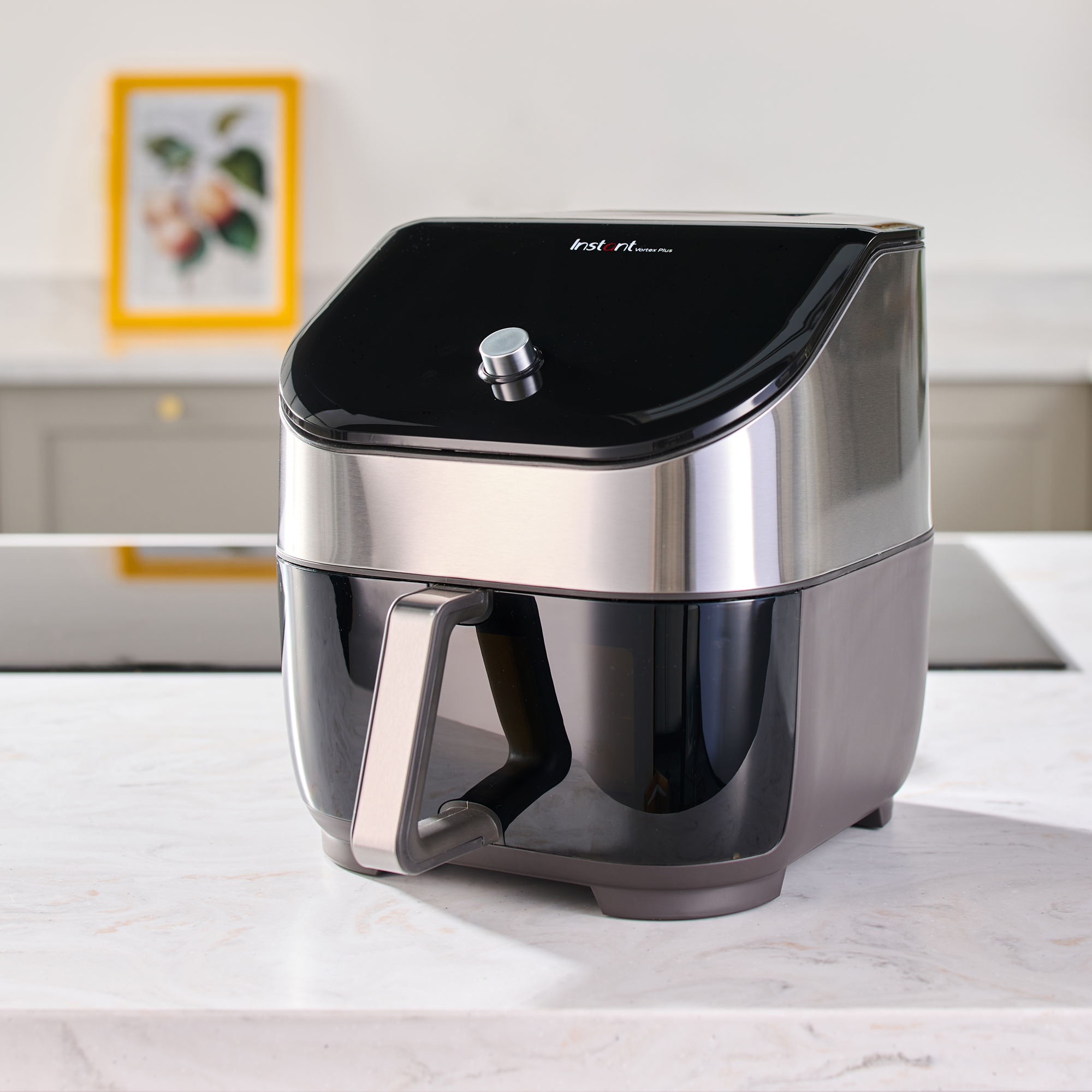 Should an air fryer be on display in a kitchen or hidden away? This is why I always keep my small appliances on the worktop
Should an air fryer be on display in a kitchen or hidden away? This is why I always keep my small appliances on the worktopAre you on team display or neatly hidden away? Share your opinion in the comments
By Rebecca Knight
-
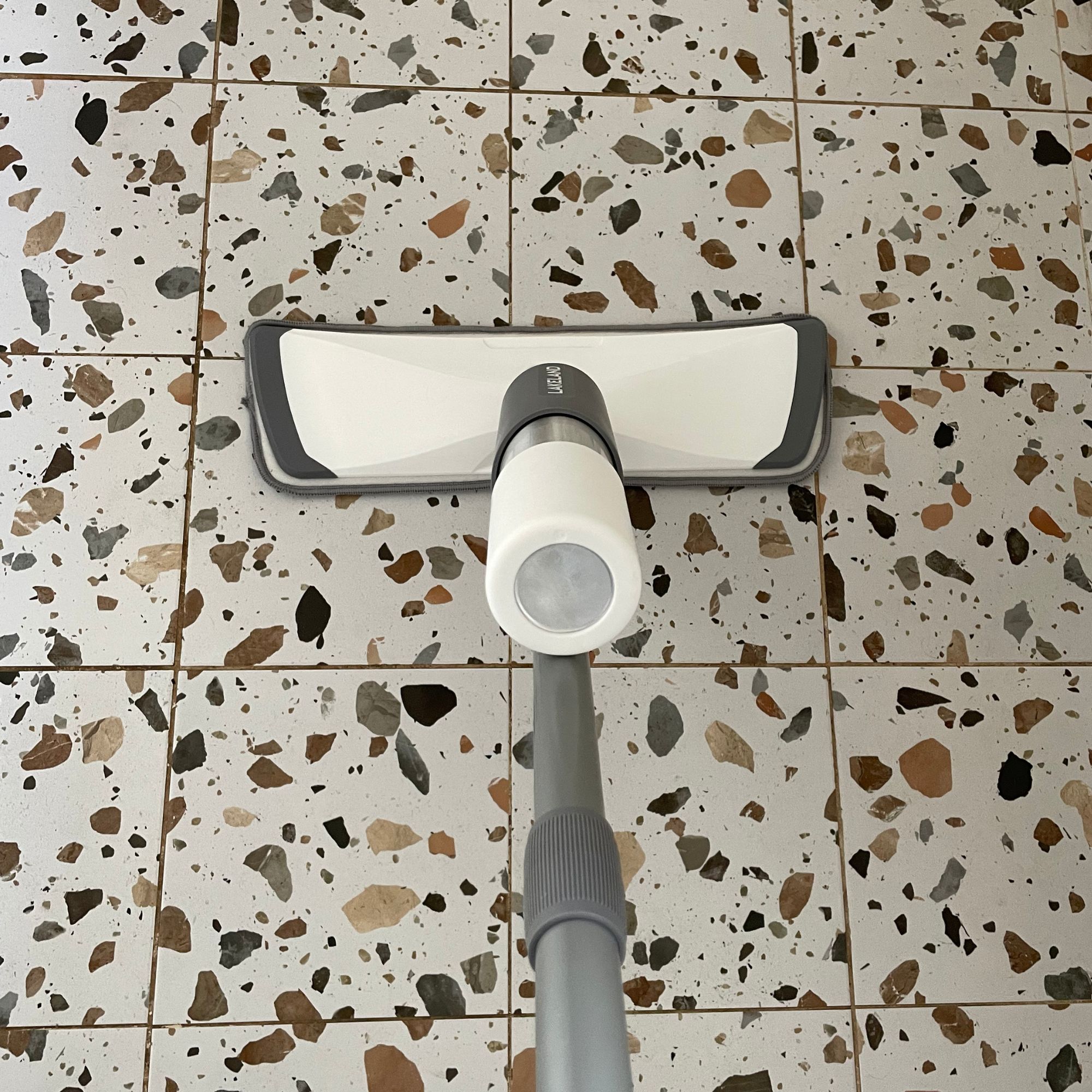 Experts warn that these 5 mopping mistakes are making your floors dirtier — and damaging your floors in the process
Experts warn that these 5 mopping mistakes are making your floors dirtier — and damaging your floors in the processThis is how to keep them clean and avoid costly damage
By Lauren Bradbury
-
 Move over, fences – dead hedges are the wild and wonderful alternative your garden will love and they're easier to build than you'd think
Move over, fences – dead hedges are the wild and wonderful alternative your garden will love and they're easier to build than you'd thinkThe perfect eco-friendly solution for small gardens
By Kayleigh Dray
-
 This beautiful mixing bowl is the unexpected star of so many kitchens – including Mary Berry's and the Bake Off tent
This beautiful mixing bowl is the unexpected star of so many kitchens – including Mary Berry's and the Bake Off tentThis earthenware bowl proves that you don't have to spend a huge amount for a classic kitchen addition
By Molly Cleary
-
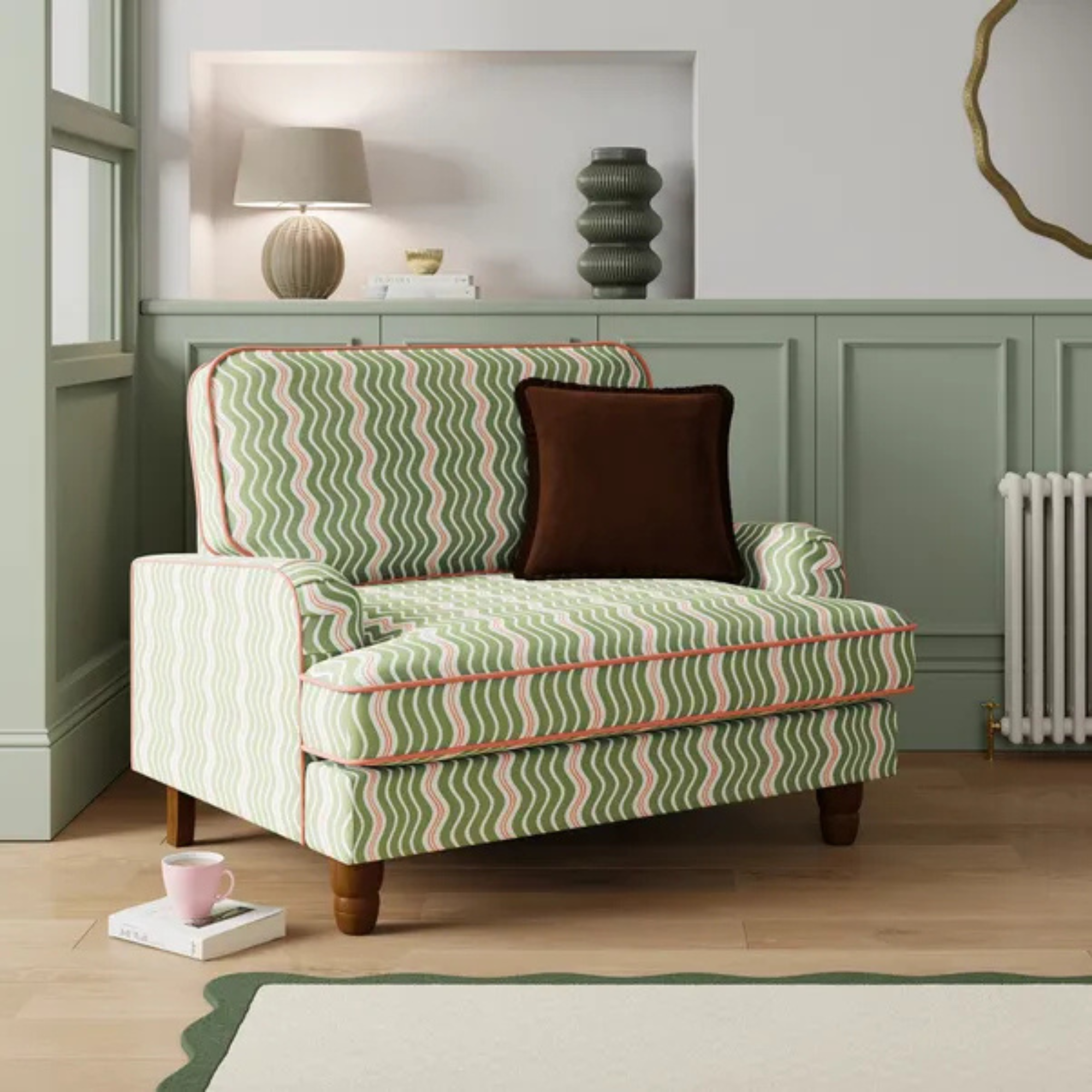 Dunelm has given its cult snuggle chair a new look - it's swapped classic stripes for another emerging pattern trend
Dunelm has given its cult snuggle chair a new look - it's swapped classic stripes for another emerging pattern trendI'm obsessed with this fresh new style
By Kezia Reynolds
-
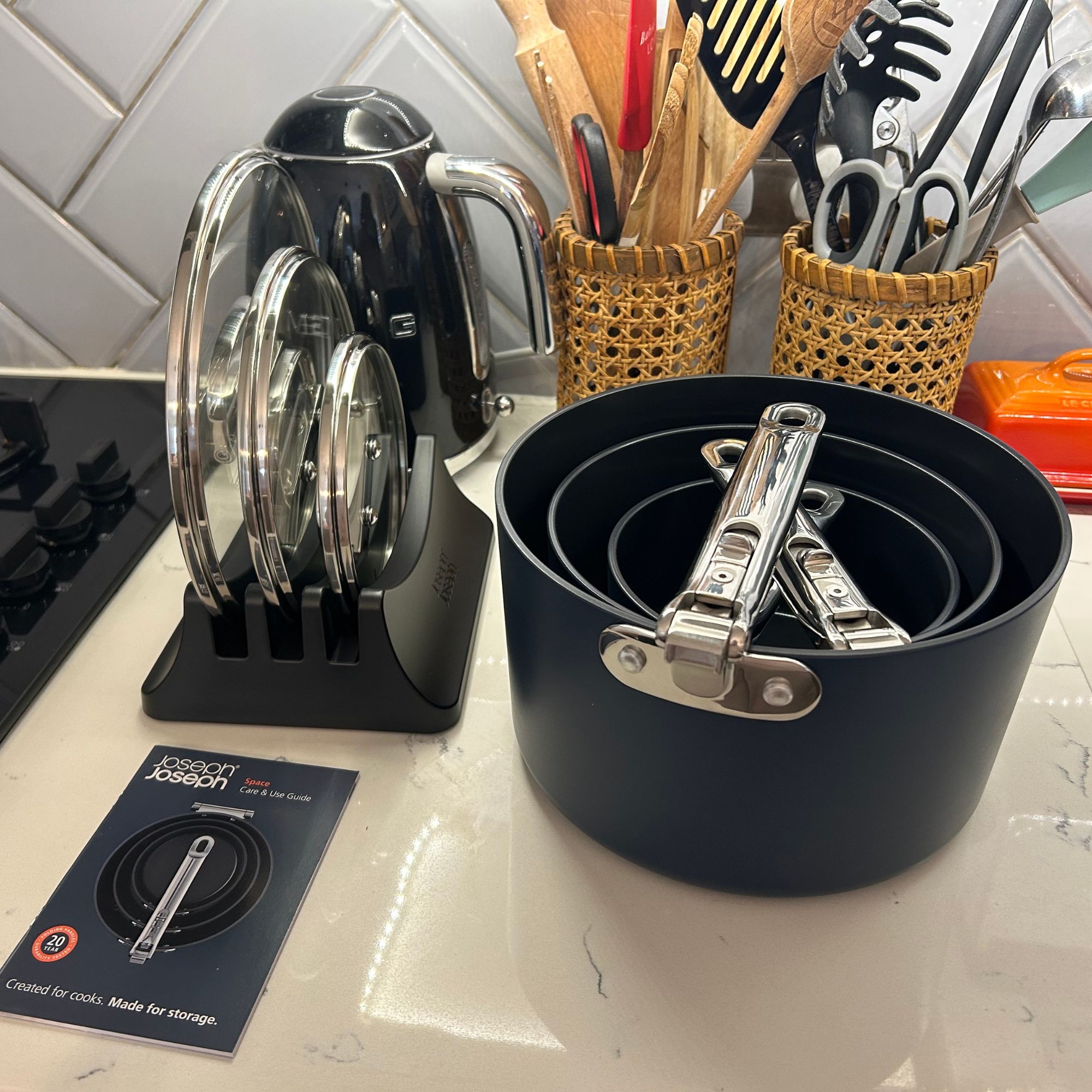 I tried Joseph Joseph's pan set with foldable handles – the space-saving design is just one of the many highlights
I tried Joseph Joseph's pan set with foldable handles – the space-saving design is just one of the many highlightsSmall kitchen? I tested this innovative Joseph Joseph space-savvy set which has foldable handles — and I loved it
By Annie Collyer
-
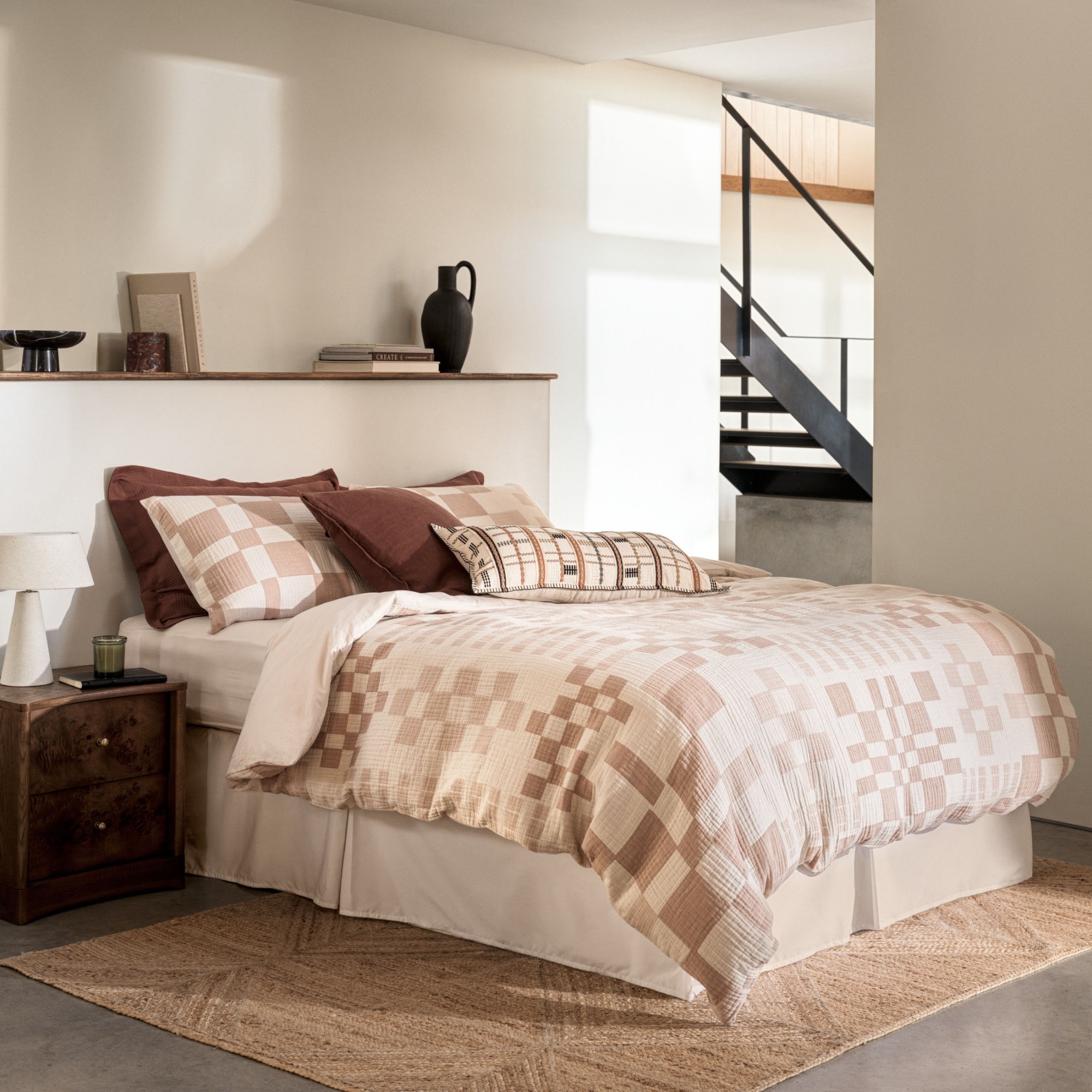 As a stylist, I spend hours looking for bedding for photoshoots, and I just spotted these 6 expensive-looking sets at M&S
As a stylist, I spend hours looking for bedding for photoshoots, and I just spotted these 6 expensive-looking sets at M&SGet a little luxury at a high-street price
By Laurie Davidson
-
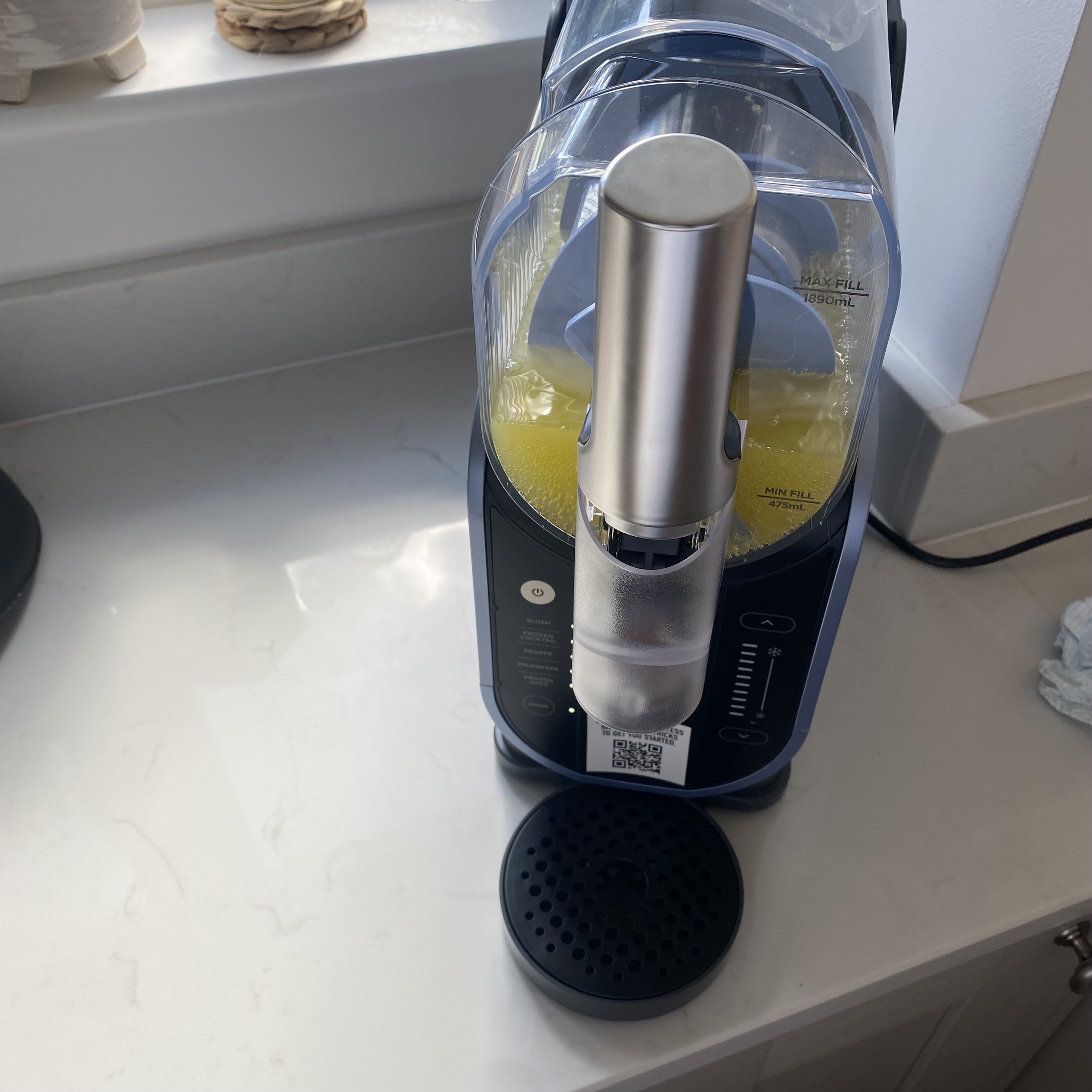 I've been waiting to try out the Ninja Slushi for months – this is what happened the first time I tried it
I've been waiting to try out the Ninja Slushi for months – this is what happened the first time I tried itThe Ninja Slushi is the stuff of dreams for summer entertaining
By Molly Cleary
-
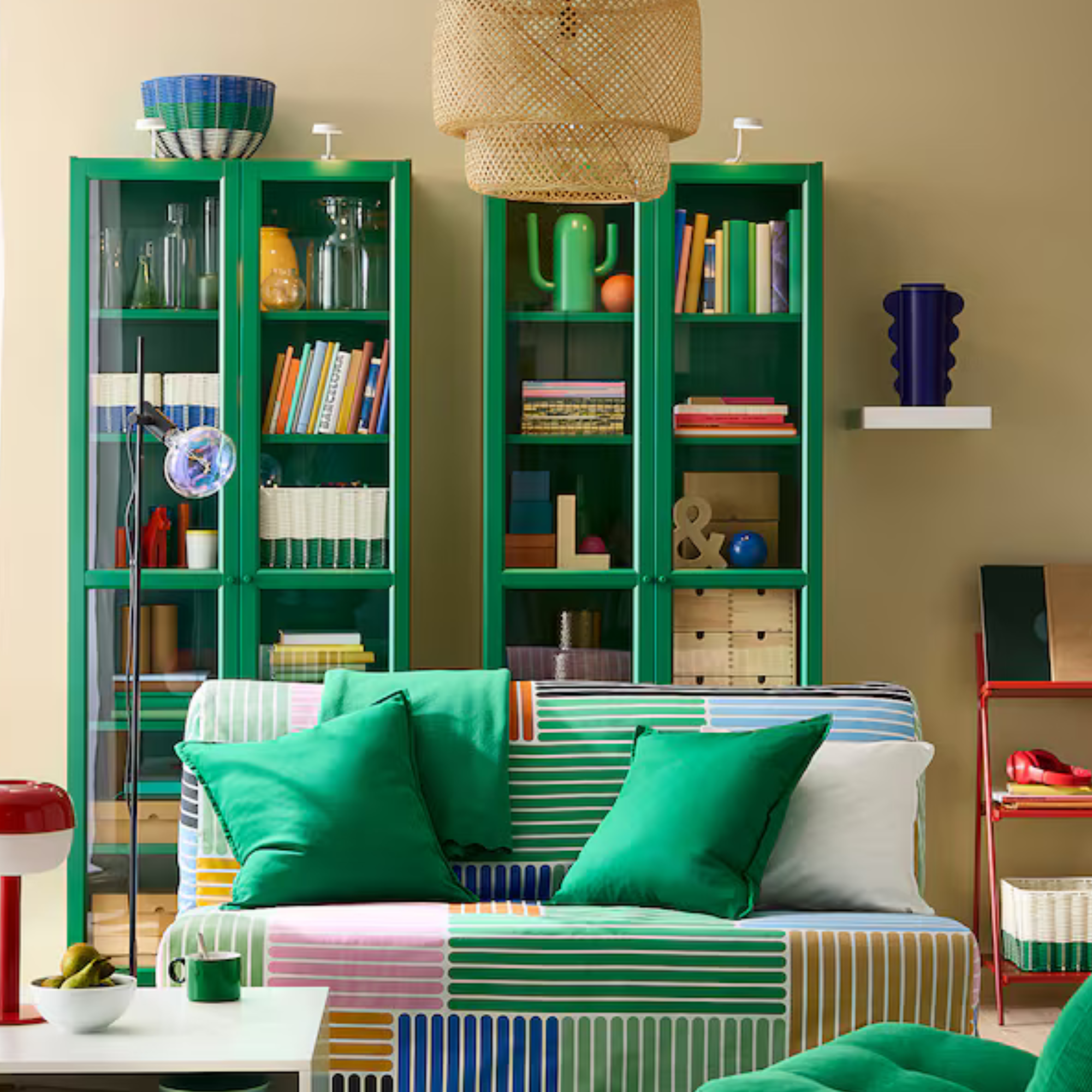 IKEA has drenched its BILLY bookcase in this year’s ‘it’ colour - but you’ll have to act fast if you want to get your hands on one
IKEA has drenched its BILLY bookcase in this year’s ‘it’ colour - but you’ll have to act fast if you want to get your hands on oneI'm obsessed with this gorgeous limited-edition colourway
By Kezia Reynolds
-
 My go-to Ninja coffee machine just had a major price drop. It's more affordable than I've seen it before
My go-to Ninja coffee machine just had a major price drop. It's more affordable than I've seen it beforeIt makes coffee shop quality achievable at home
By Molly Cleary
-
 I'm a kitchen decor editor and didn't like this tableware trend - until I saw H&M Home's designer-look plates
I'm a kitchen decor editor and didn't like this tableware trend - until I saw H&M Home's designer-look platesThey made it easy to justify a new crockery set
By Holly Cockburn